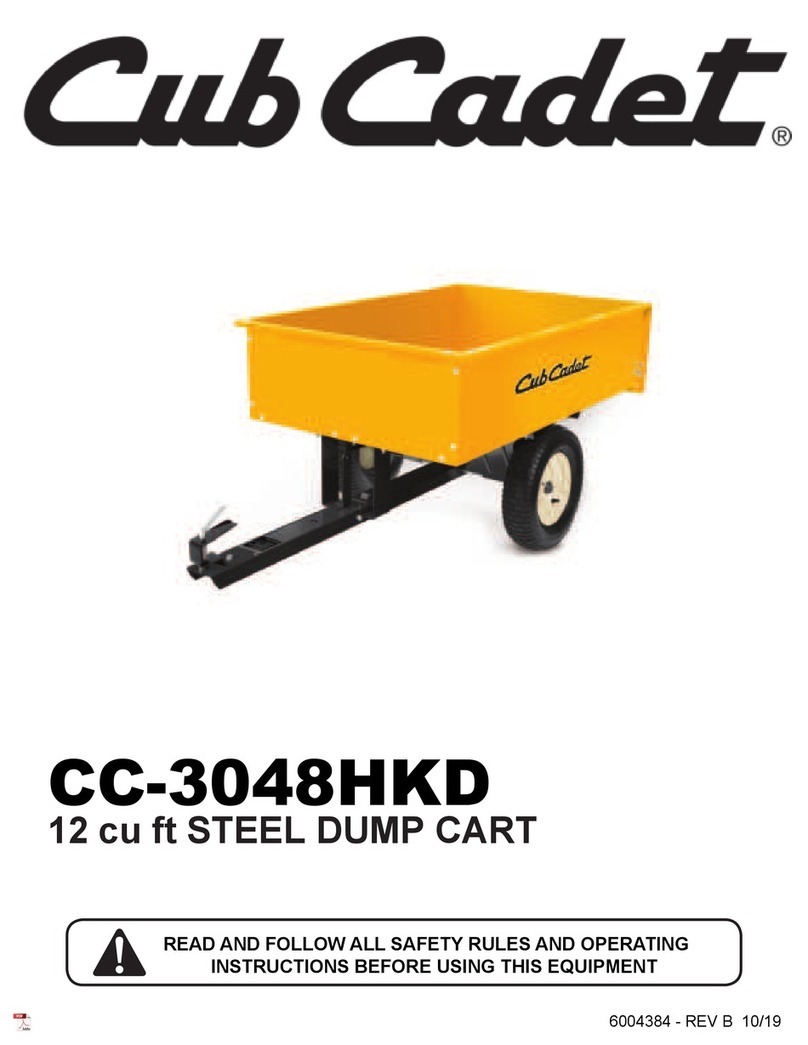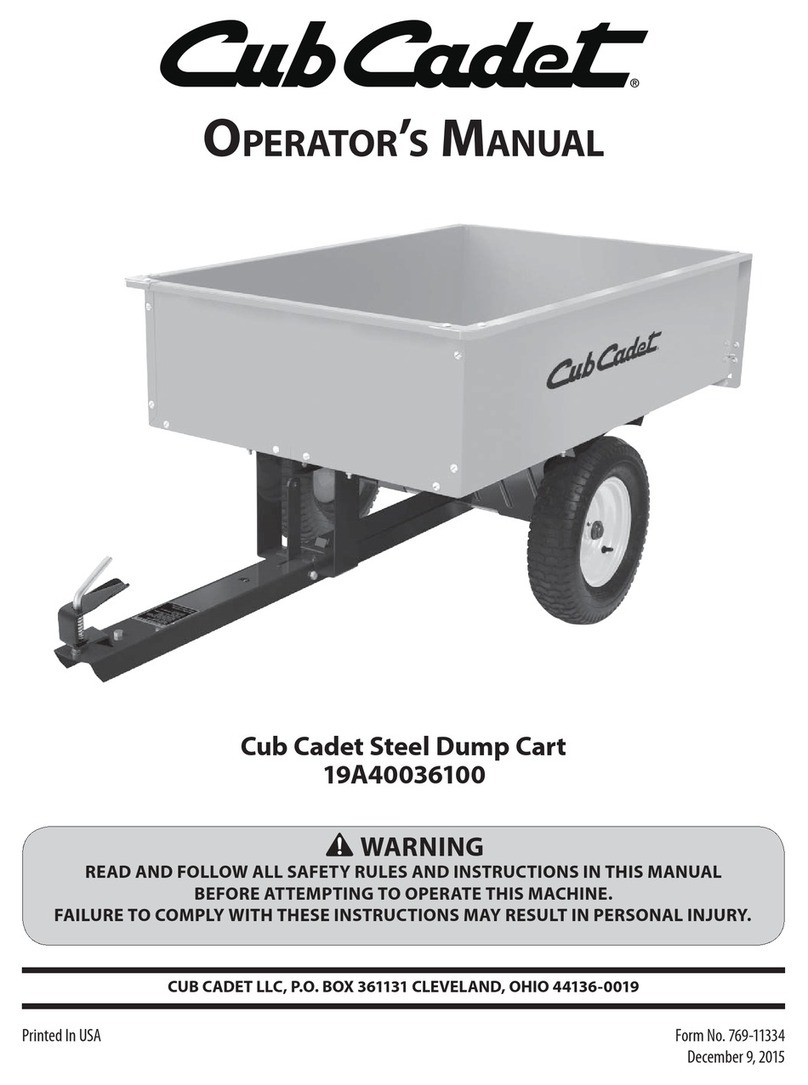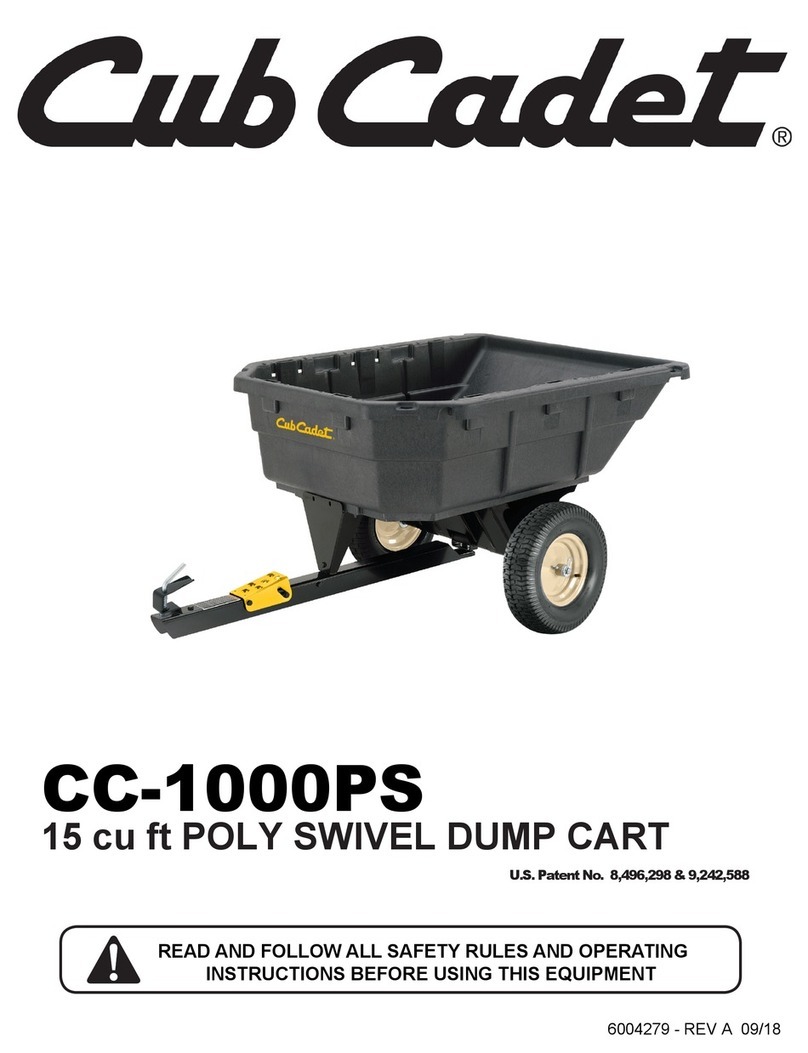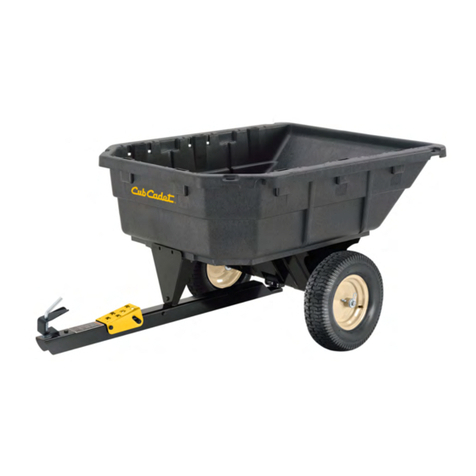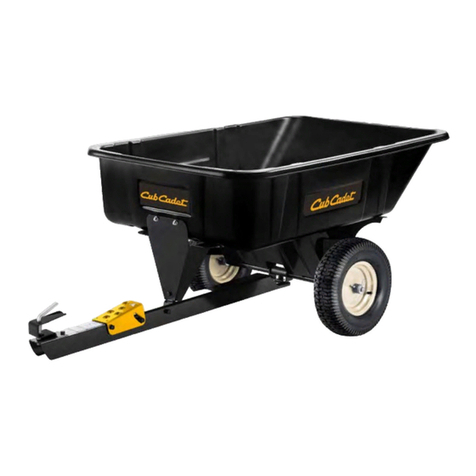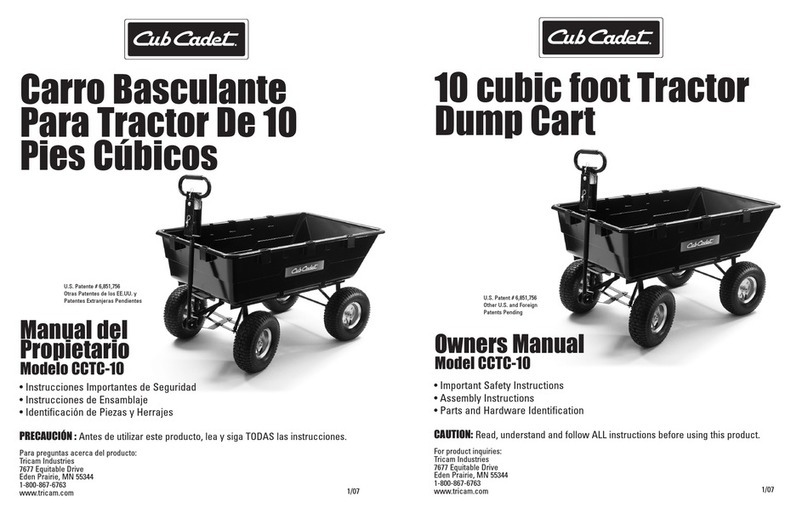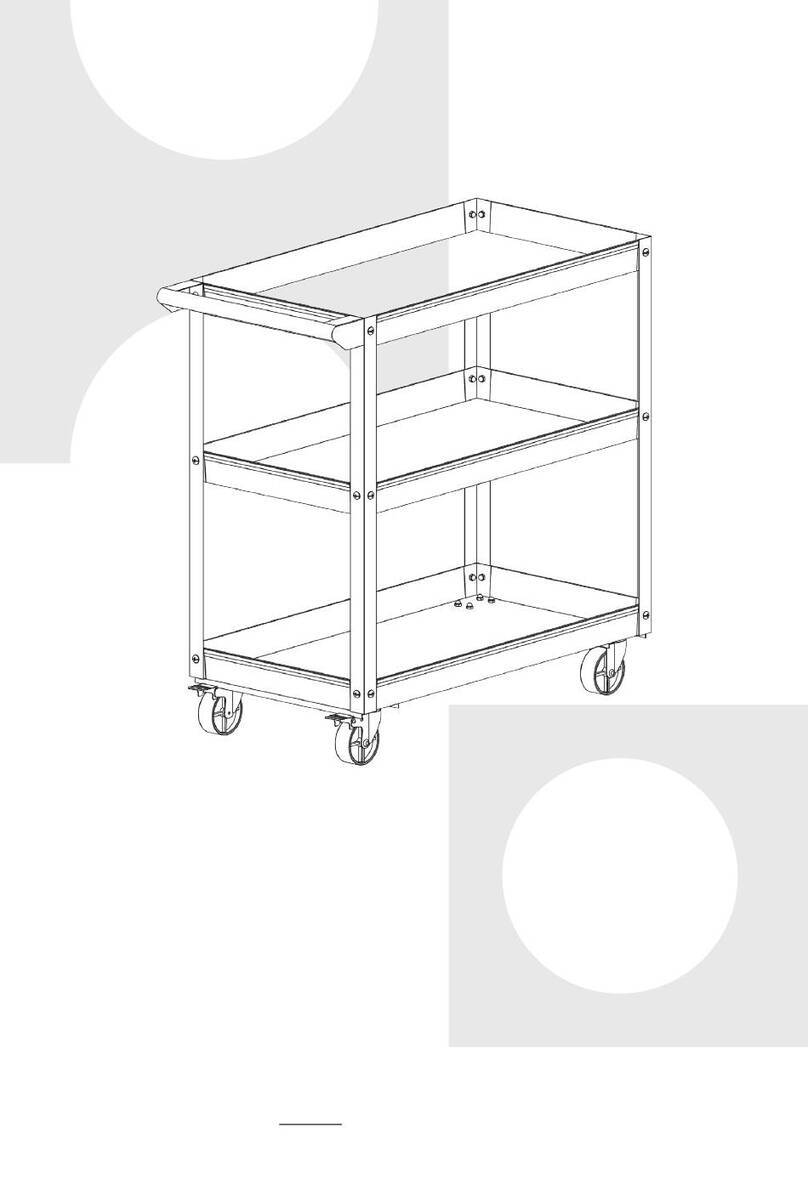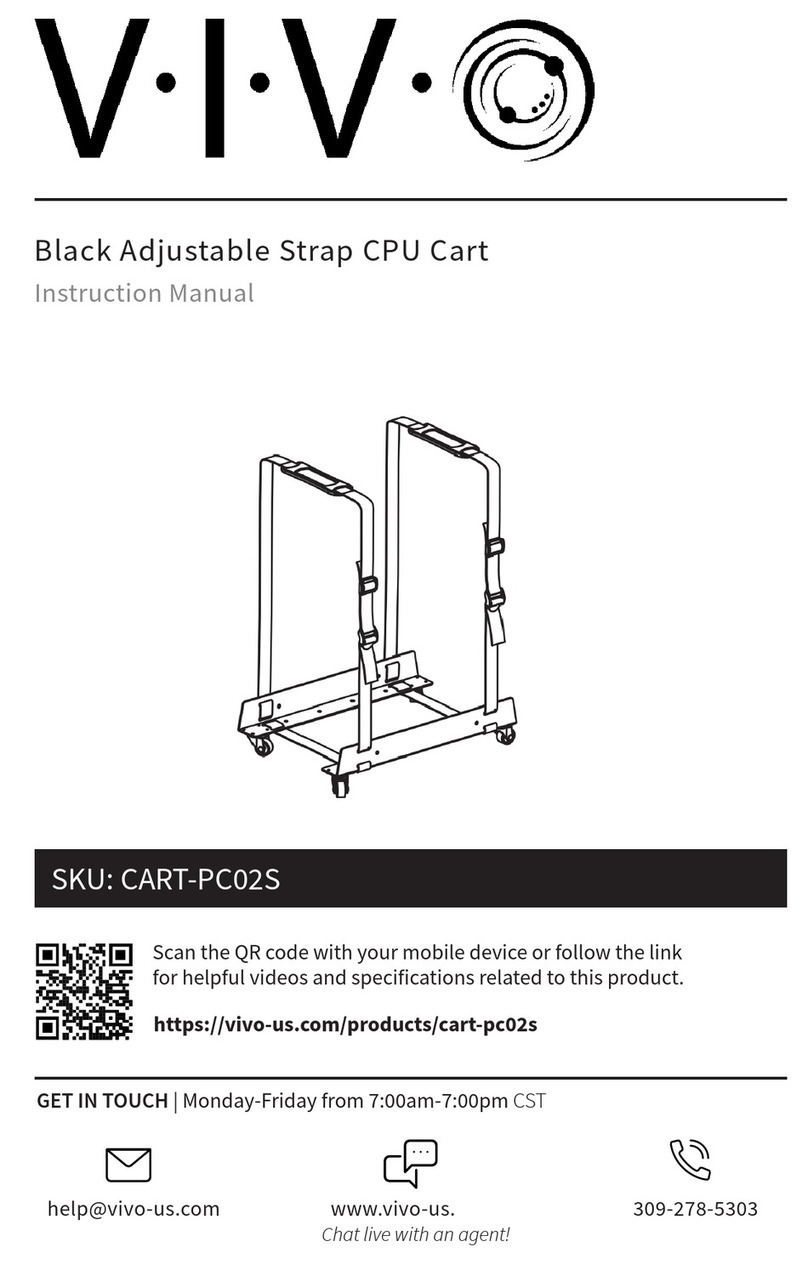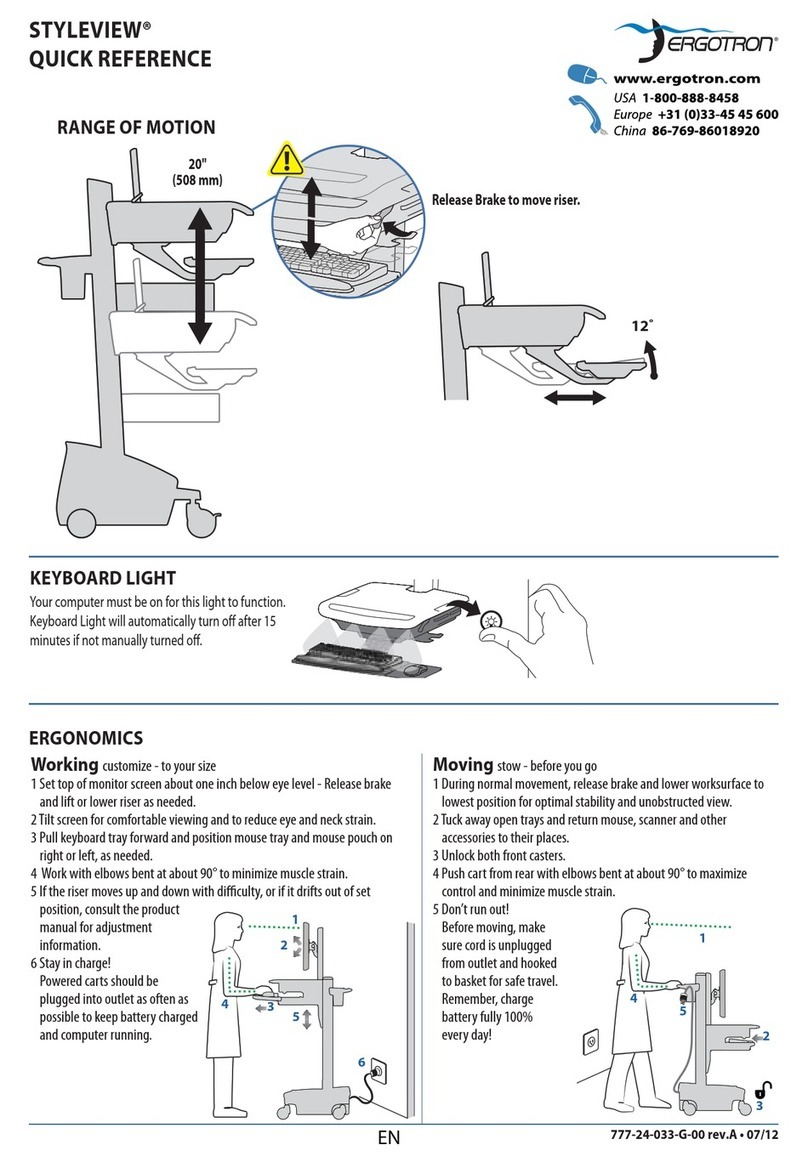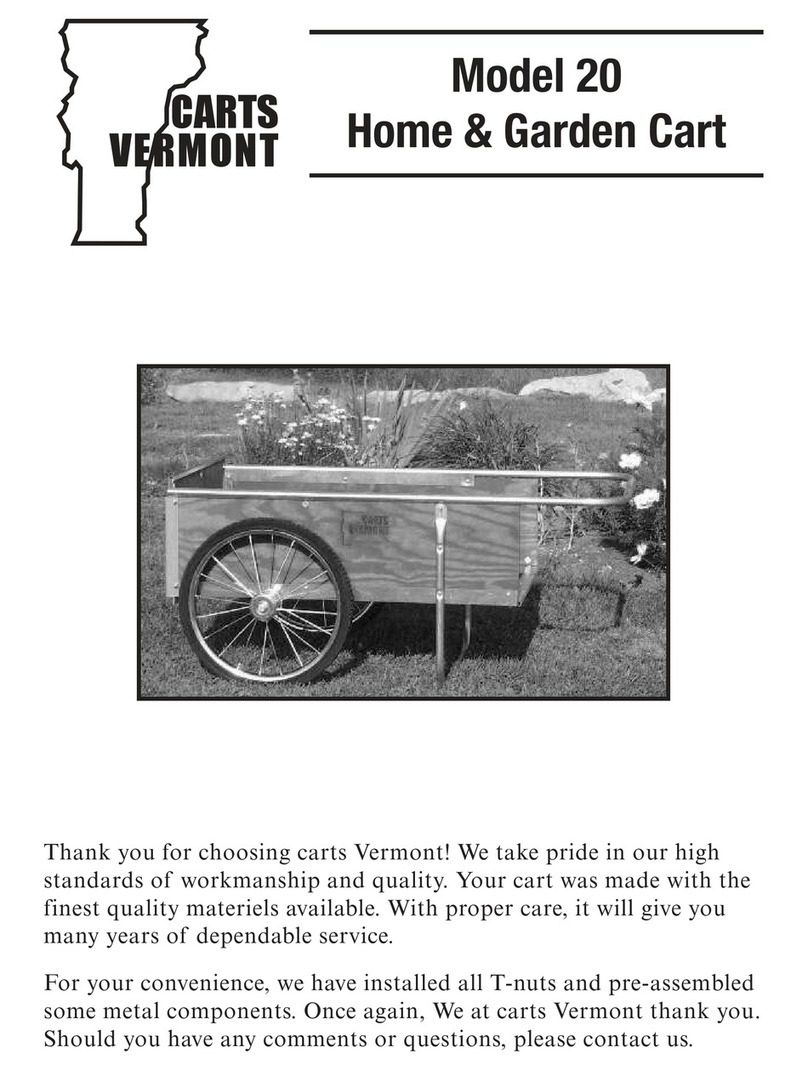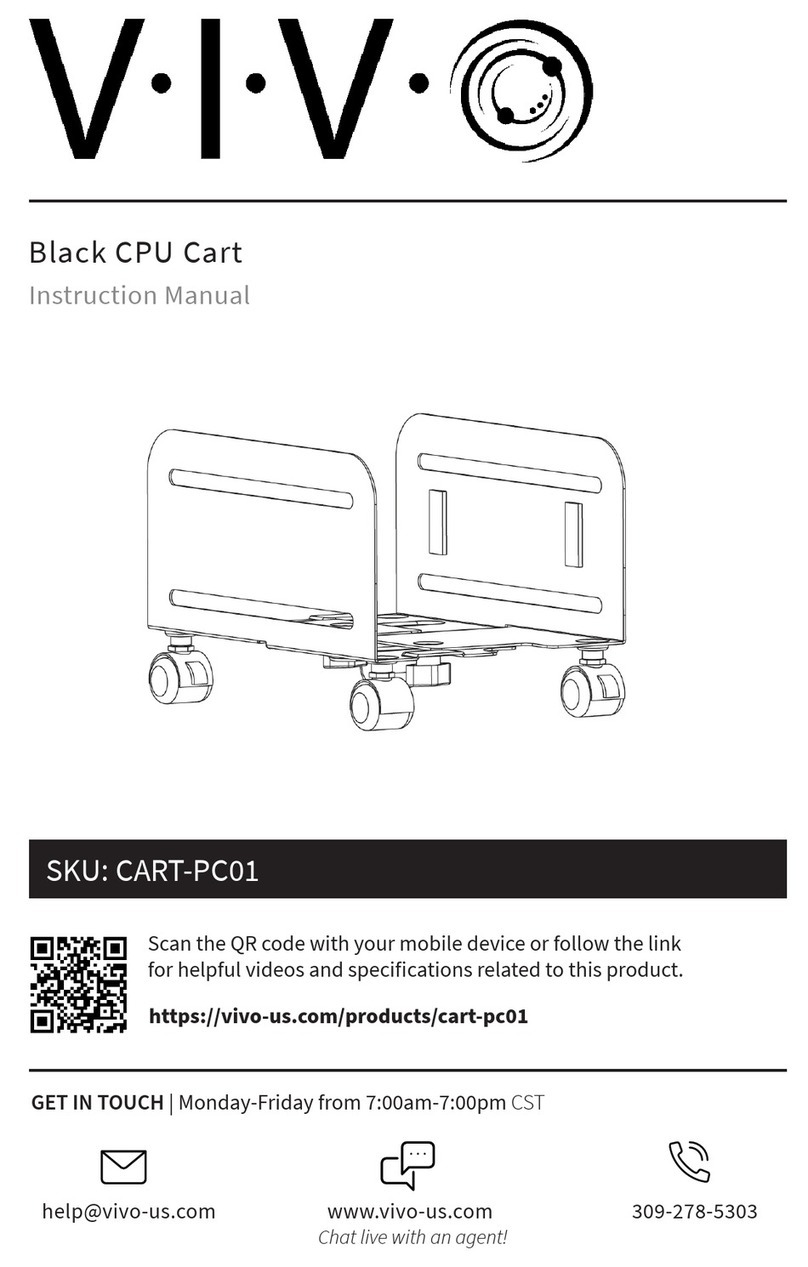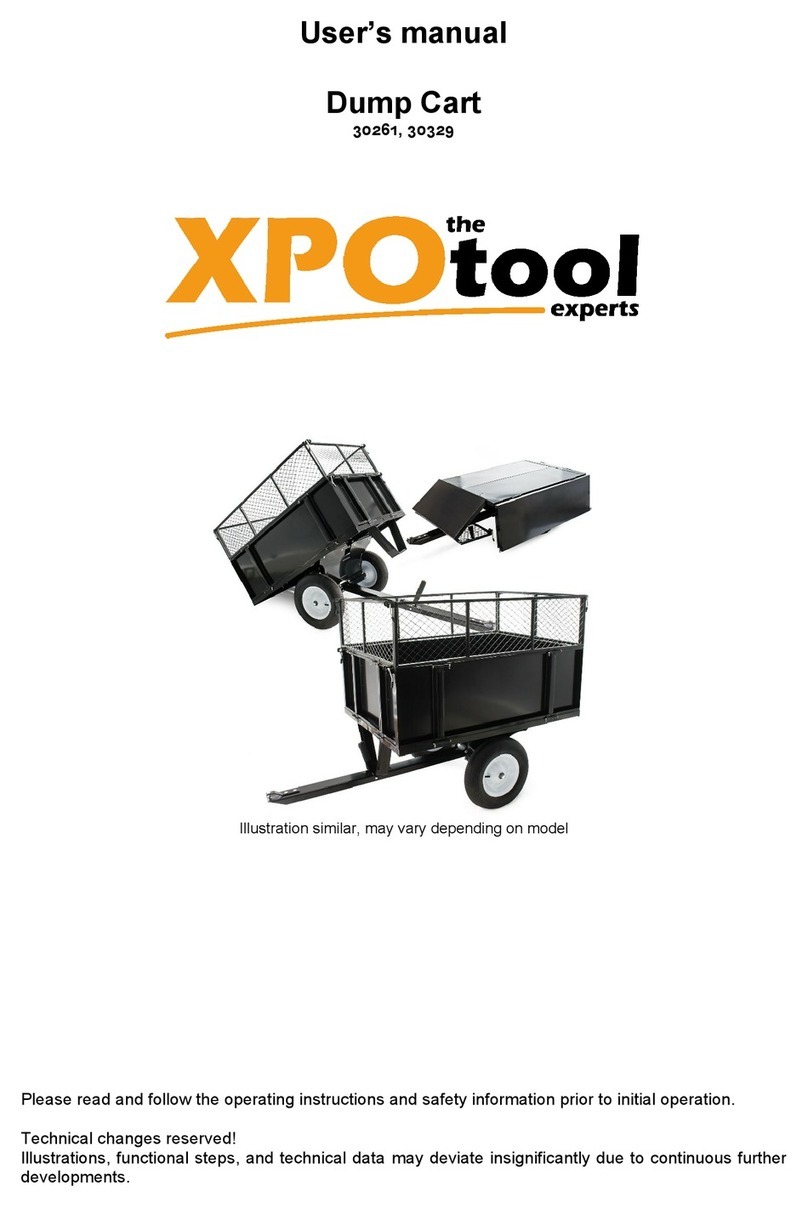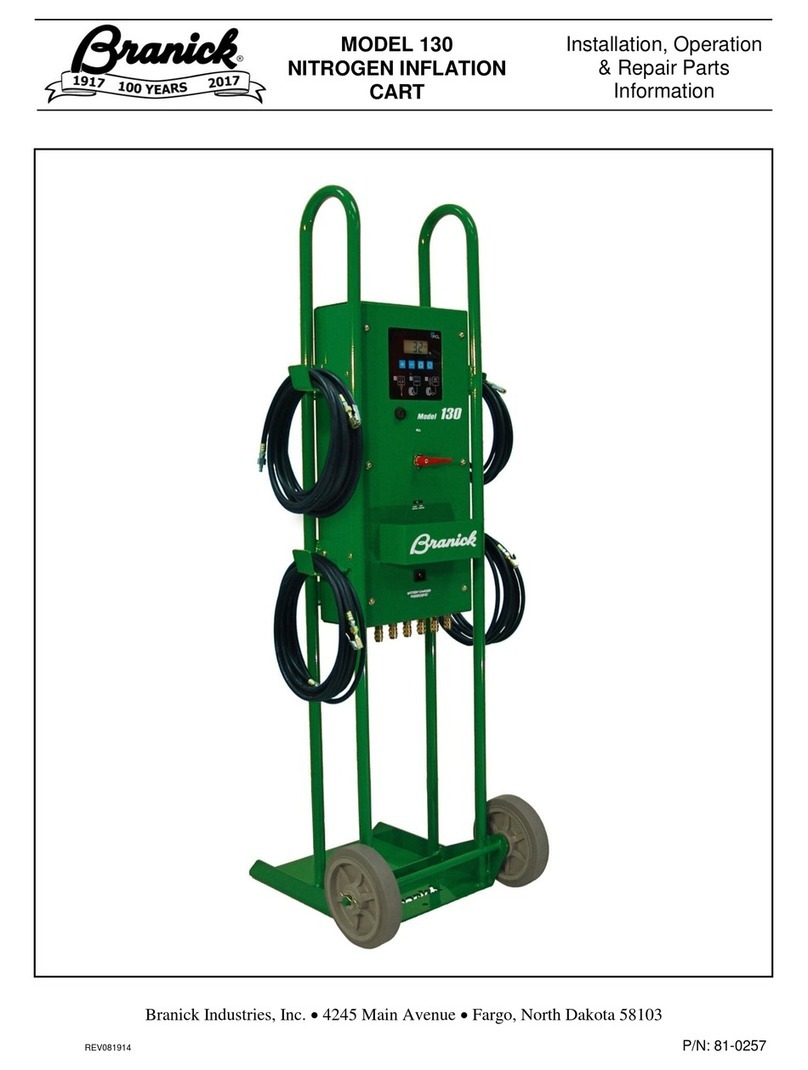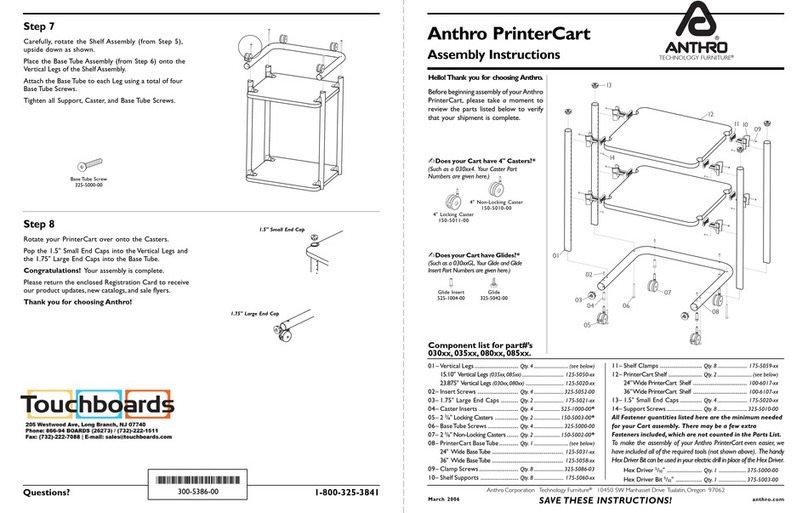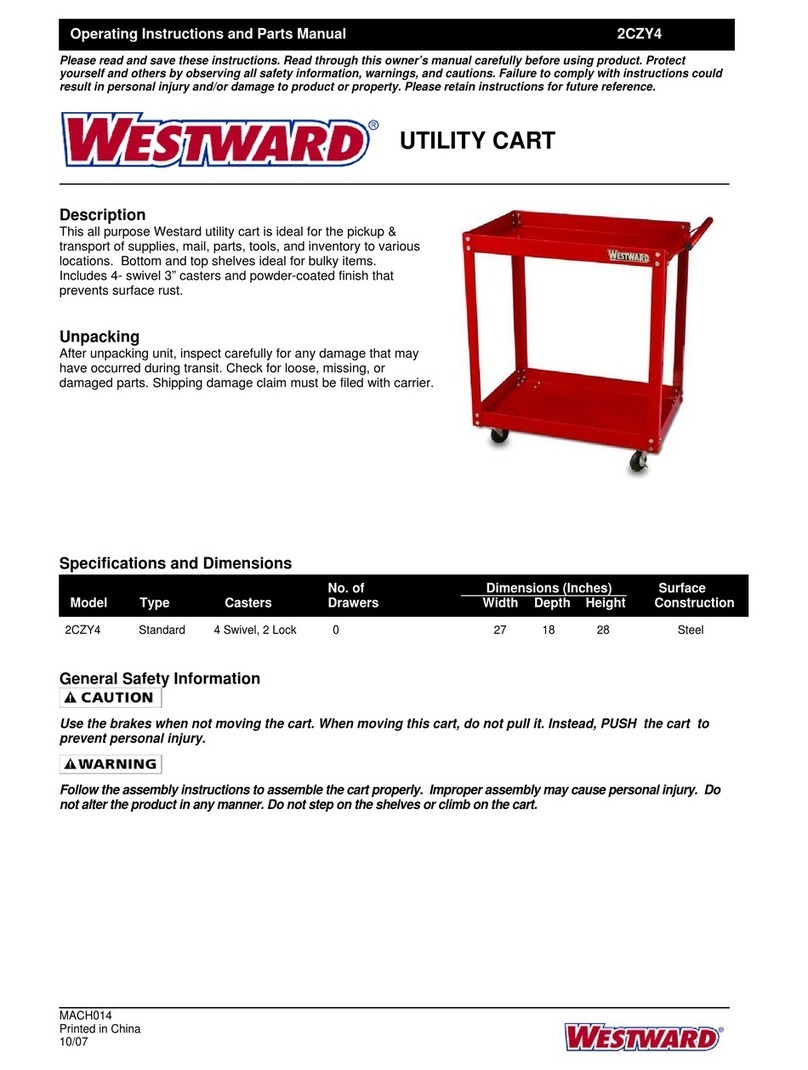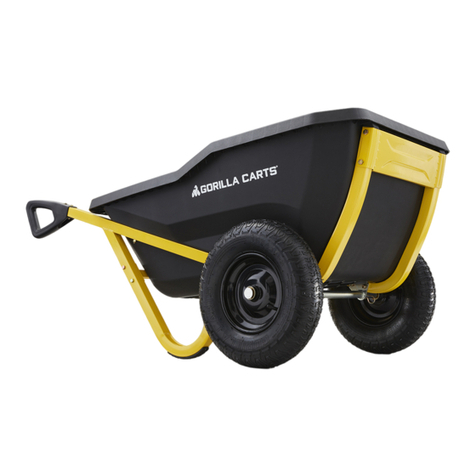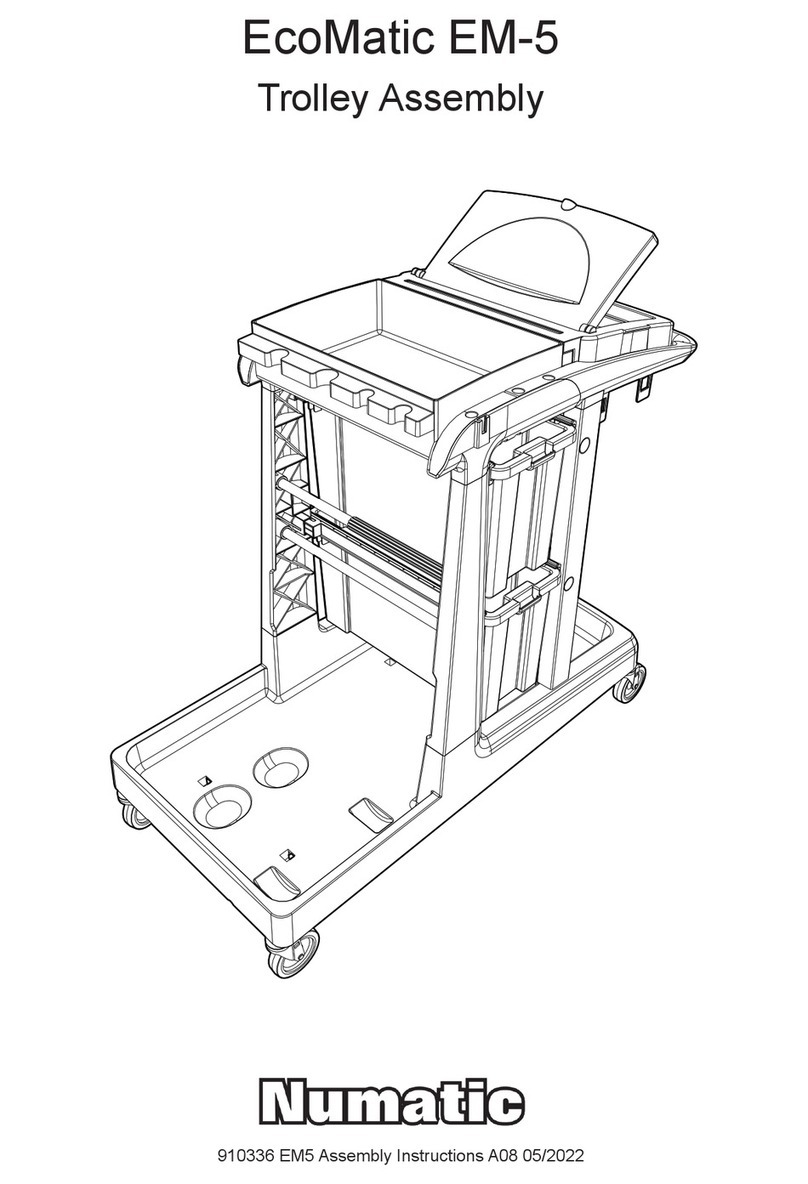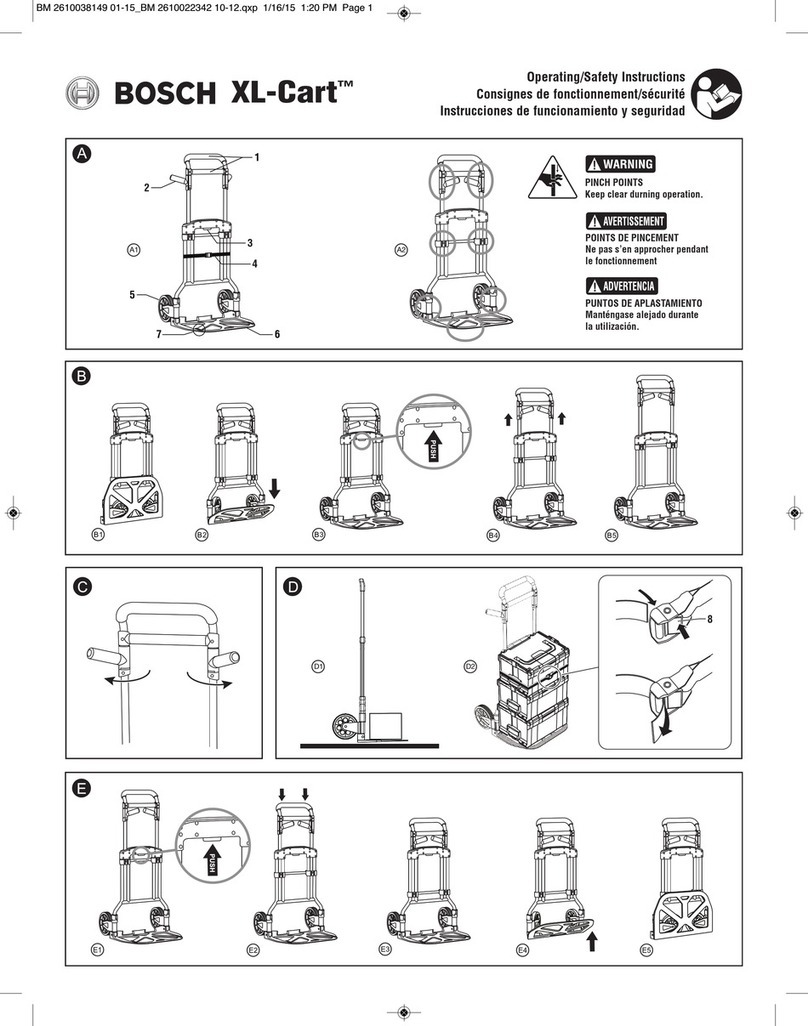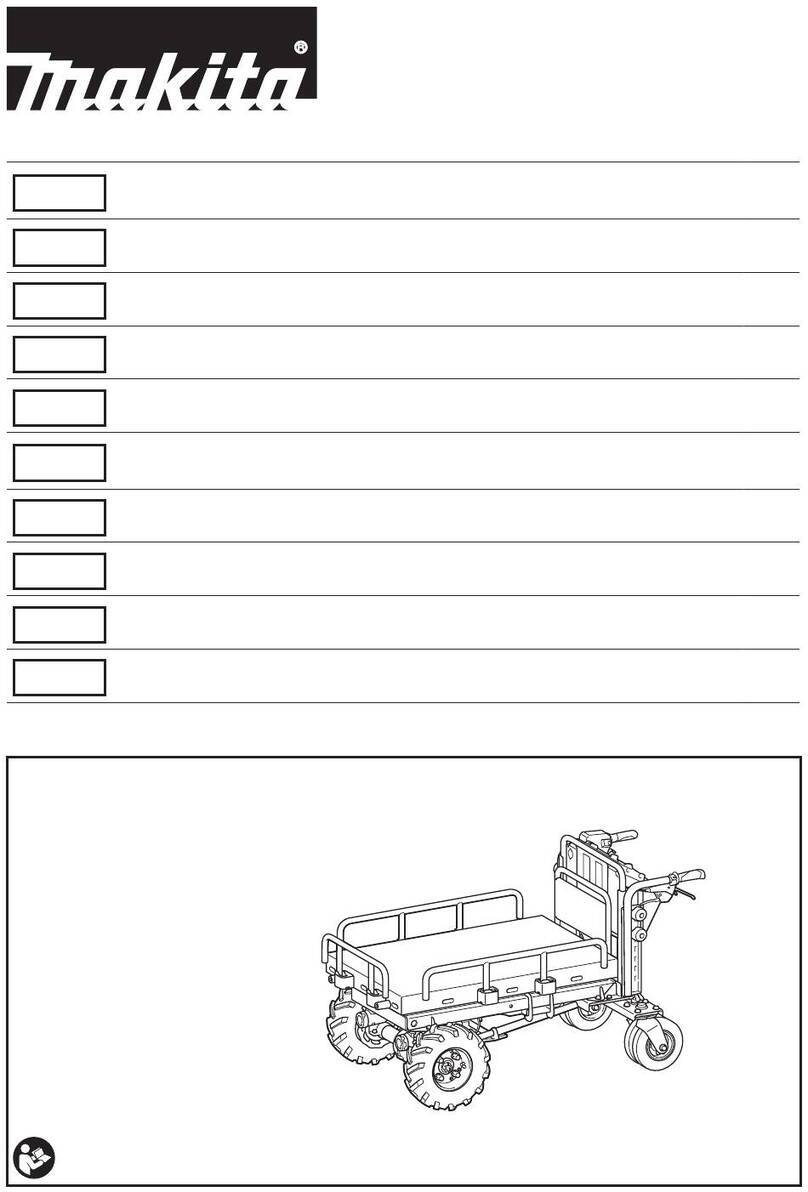
Important Safe Operation Practices 2
3
General Operation
1. Read, understand, and follow all instructions on the
equipment and in the manual(s) before attempting to
assemble and operate. Keep this manual in a safe place for
future and regular reference and for ordering replacement
parts.
2. Never carry passengers in or on the hauler.
3. Never allow children less than 14 years of age to operate
the towing vehicle or hauler. Children 14 and over should
read and understand the instructions and safe operation
practices in this manual, on the hauler, and the towing
vehicle manual and should be trained and supervised by
an adult.
4. Never allow adults to operate the towing vehicle or hauler
without proper instruction.
5. Check the towing vehicle brake action before use with the
hauler. Adjust or service the brakes per the manufacturer
instructions as necessary.
6. Keep bystanders, children and pets away from the towing
vehicle and the hauler while it is in operation.
7. Wear sturdy, rough-soled work shoes and close-fitting
slacks and shirts. Avoid loose fitting clothes and jewelry
which can be caught in movable parts of the hauler. Never
operate this hauler in bare feet or sandals.
8. Your hauler is not a toy. Use extreme caution at all times.
The hauler’s purpose is to haul material. Do not use it for
any other purpose.
9. Make sure you have control of the towing vehicle and
hauler at all times. Do not rush. Take your time. When
in doubt about the towing vehicle and hauler or your
surroundings, stop and take time to look things over. Make
sure you are able to proceed in a safe manner.
10. Watch for traffic when operating near or crossing
roadways.
11. Go slow. The hauler is not intended for use on any public
roadway or highway use.
12. Do not operate hauler while under the influence of alcohol
or drugs.
13. Operate only in daylight or good artificial light.
14. Always look down and behind before and while backing
the tow vehicle and hauler to avoid a back-over accident.
15. Slow down before turning. Operate the towing vehicle
smoothly. Avoid erratic operation and excessive speed
particularly when carrying a full or heavy load or on slopes.
16. Never leave a loaded cart unattended.
17. Use only accessories and attachments approved for you
Cub Cadet Hauler by the hauler manufacturer. Read,
understand and follow all instructions provided with the
approved accessory or attachment.
18. If situations occur which are not covered in this manual, use
care and good judgment. Contact your customer service
representative for assistance.
Towing, Loading and Unloading Safety
1. Do not exceed the 800 lb. load capacity of the hauler or the
limits of the towing vehicle.
2. Exceeding stated load capacity can lead to loss of traction
needed for slowing the vehicle down and stopping.
3. Reduce towed weight when operating on slopes.
4. Operate this hauler with towing vehicles designed with a
compatible tow hitch for this hauler.
5. Do not allow riders on or in this hauler.
6. Make sure dump latch is securely latched before loading or
operating the unit.
7. Spread load evenly in bed. Secure load to prevent
movement. Avoid top-heavy loads which could cause
hauler to tip.
8. Go slow. Avoid sudden starts and stops which could cause
load to shift and loss of control.
9. Use towing vehicle parking brake while loading and
unloading this hauler. When lowering dump bed, keep
hands and other body parts from between bed and frame.
Keep bystanders away.
10. Unload dump bed before disconnecting hauler from
towing vehicle. Keep body parts from under hauler tongue.
Slope Operation
Slopes are a major factor related to loss of control and tip-over
accidents which can result in severe injury or death. All slopes
require extra caution. If you cannot back up the slope or if you
feel uneasy on it, do not.
Do not tow heavy loads on slopes greater than 5 degrees. When
going downhill, the extra weight tends to push the tow vehicle
and may cause you to lose control (e.g. tow vehicle may speed
up, braking and steering ability are reduced, hauler may jack-
knife and cause tow vehicle to overturn.)
For your safety, use the slope gauge included as part of this
manual to measure slopes before operating hauler on a sloped
or hilly area. If the slope is greater than 5 degrees as shown on
the slope gauge, do not operate hauler with a heavy load on that
area or serious injury could result.
The Cub Cadet Hauler was designed for hauling activities typically associated with residential lawn and
garden maintenance activities in conjunction with a suitable towing vehicle with a compatible hitch.

